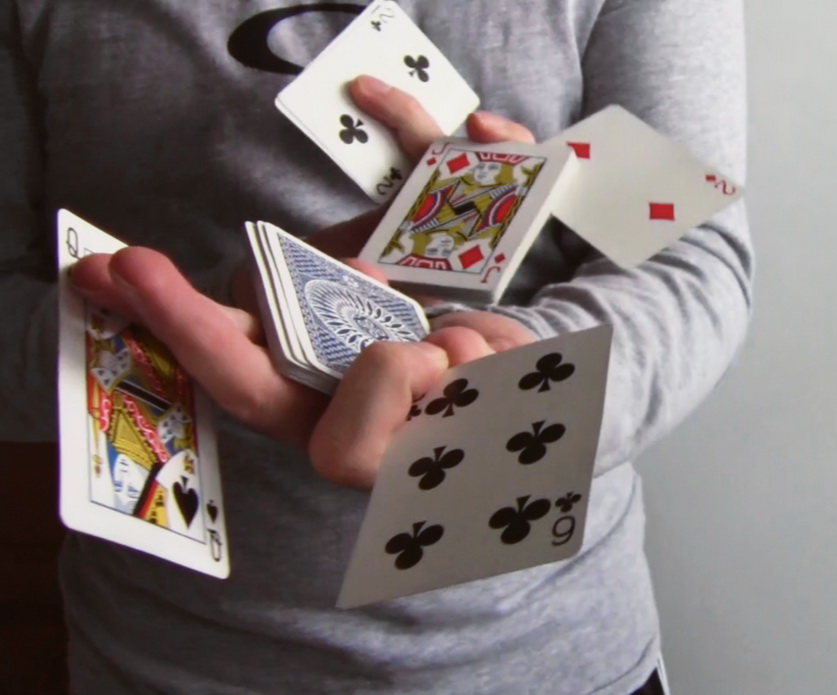
By Michael O’Neill
Magic tricks have evolved since the first caveman asked someone to “pull my finger.” David Copperfield, Penn and Teller, and Siegfried and Roy have enjoyed lucrative careers utilizing sleight of hand and other gimmicks to pull rabbits from hats, saw women in half, and even make the Statue of Liberty disappear. No one gets hurt.
That’s not quite the case with the latest sleight of hand by the duo of Poloz and Wilkins. They left interest rates unchanged as expected, but their economic outlook caught analysts and traders looking the wrong way. No one was physically hurt, but their January 22, interest rate statement and Monetary Policy Report (MPR) flip-flop, caused quite a bit of red ink to spill.
That’s because it contrasted with the December statement, which had an optimistic bias. That statement said there was evidence the global economy was stabilizing, recession fears were waning, and noted that business investment “unexpectantly showed strong growth. It noted that CPI inflation “remains at the target, which is consistent with an economy operating near capacity.” Trade conflicts and related uncertainty were described as the “biggest source of risk to the outlook.”
Since that statement, those trade concerns disappeared. The US and China signed the Phase 1 US/China trade deal on January 15. In addition, the US Congress ratified the United States Mexico Canada Agreement (USMCA) on trade. The biggest risk to the BoC’s December outlook evaporated.
Also, domestic inflation stayed at 2.2% y/y in December, which is at the BoC’s target. Recent domestic economic data released since the December statement were soft, but well within the range of expectations.
Things were looking good for the Canadian economy, and appropriately, most analysts expected a neutral Bank of Canada policy outlook on January 22. However, that wasn’t appropriate.
The BoC has signed off every monetary policy statement since April 24 by noting that current interest rate levels are appropriate. Not so for the January 22 interest rate levels. They are no longer appropriate. Instead, they “will be determined by watching closely to see if the recent slowdown in growth is more persistent than forecast. In assessing incoming data, the Bank will be paying particular attention to developments in consumer spending, the housing market, and business investment.”
Traders concluded that the next move for Canadian interest rates was down and USDCAD soared, rising from 1.3038 to 1.3151.
The rally was encouraged by the BoC, saying that the output gap widened. That was a full 180° turn from December’s “operating near full capacity” view. And that’s where the sleight of hand comes into play.
The output gap is a fictitious number. It is supposed to measure the difference between actual GDP and potential GDP. However, potential GDP is not a real number. It is a guesstimate, meaning the number can be whatever suits the BoC’s narrative.
A cynic would also note that USDCAD was near or flirting with the bottom end of a two-week range just before the three previous monetary policy meetings and rallied immediately afterwards. There may be a method to the madness. Perhaps a weaker Canadian dollar is an objective, not a just a consequence. The MPR said that “Over the projection horizon, business investment and exports are anticipated to improve as oil transportation capacity expands and the impact of trade policy headwinds on global growth diminishes.” A weaker Canadian dollar goes a long way in facilitating increased exports.
The BoC said that there was a high degree of uncertainty because “geopolitical tensions emerged with tragic consequence.” That is a rather sketchy conclusion. There is anger at Iran for shooting down a passenger plane, but the geopolitical tensions have dissipated, at least from the market’s viewpoint. Oil prices have not only given back all their crisis gains; they have returned to pre-Opec meeting levels, before the cartel agreed to cut production by an additional 500,000 barrels per day. Bond prices dropped, and safe-haven currency trades have fully unwound.
Arguably, geopolitical tensions have diminished. UK politics, elections and Brexit issues are giving way to economic fundamentals. The US and China are buddies on the trade front, at least for now. Iran seems to be all bark, no bite. The Trump impeachment circus appears to be distracting the President from tweeting anything except anti-Democrat barbs. Russia hasn’t invaded any sovereign nation for five years, and North Korea isn’t flinging missiles into the Sea of Japan.
Poloz and Wilkins deft monetary policy sleight of hand, might be classic misdirection. Analysts are revising their 2020 interest rate outlook when the real goal may have been to kneecap a rallying Loonie to support exports, and that may be regarded as extremely appropriate.





